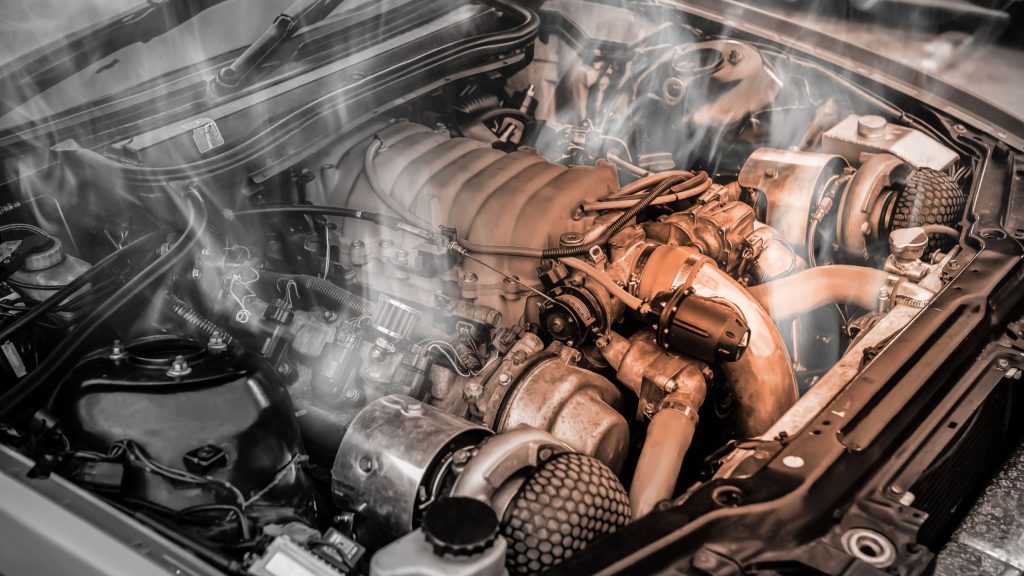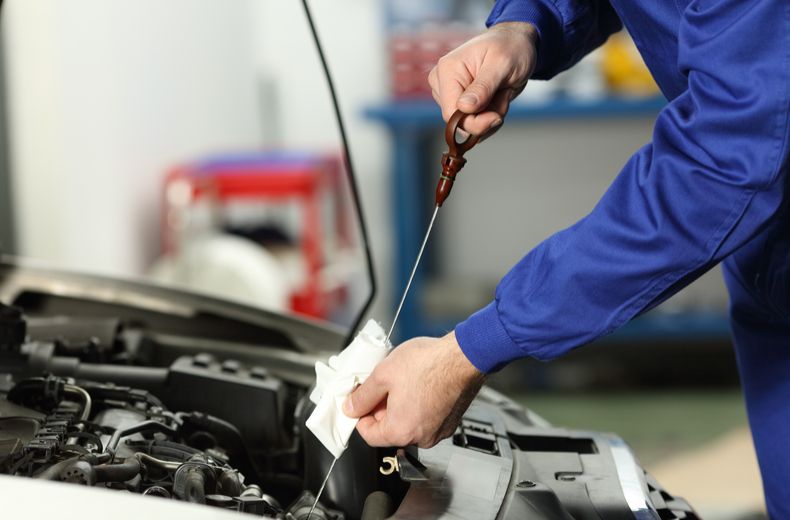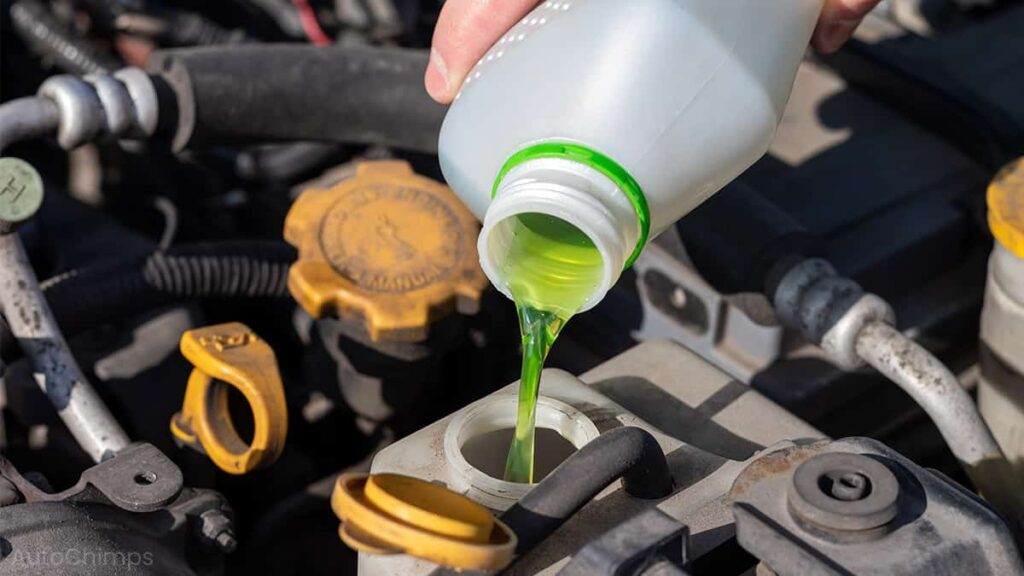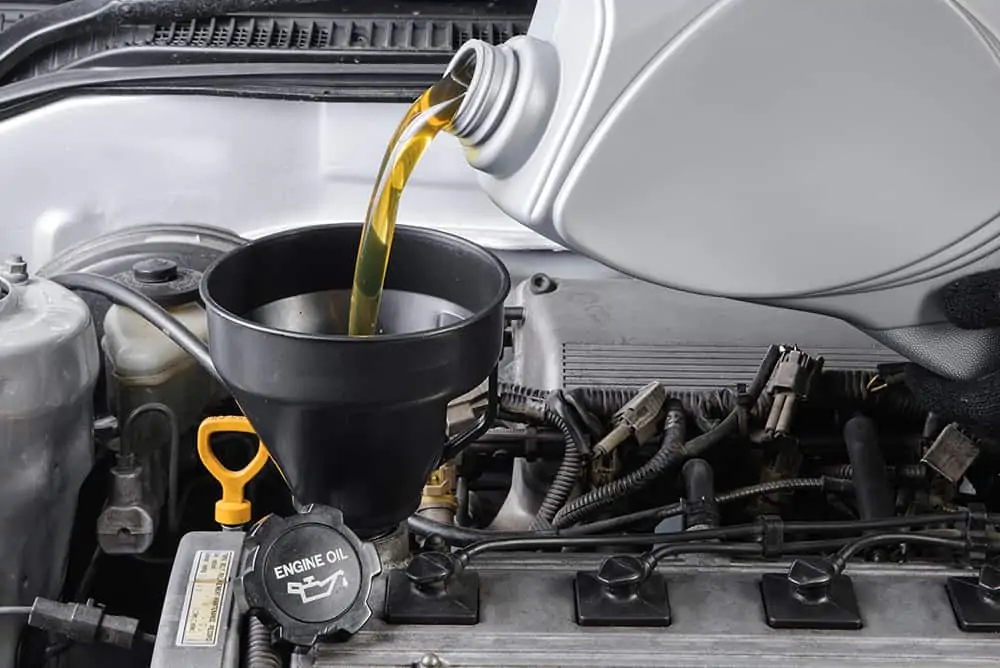Everyone knows that not having enough oil in your engine can be disastrous because oil is the lifeblood of any car. The oil ensures everything runs smoothly, reduces friction between moving parts, and prevents overheating. But here’s what many drivers don’t consider; just as less oil can be disastrous, too much oil can be harmful as well.
Adding a little extra oil during your last oil change isn’t a big deal, as your engine will naturally burn off the excess over time. But if you overfill by multiple quarts, you could be in serious trouble.
What happens when you overfill?

Aeration, overpressure, and other damage to engine parts occur when there is too much oil in your car.
Aeration occurs when the crankshaft makes contact with excess oil in the sump and begins whipping it around at thousands of rotations per minute. The result is oil turning into a frothy, bubbly mess, and it’s terrible for an engine. Aerated oil loses its ability to lubricate, and if ignored, can cause extreme wear, overheating, and even total engine failure.
Overpressure happens when excess oil increases the pressure within the engine’s lubrication system. Normally, oil pressure helps keep things running smoothly. But when there’s too much oil, pressure builds up beyond safe levels, forcing oil past gaskets and seals. This leads to leaks, reduced lubrication, and eventually, oil starvation, which can destroy an engine entirely.
Other damage to engine parts can also occur. Too much oil can harm the catalytic converter by burning improperly, creating deposits that damage the exhaust system. Spark plug fouling can happen when oil coats the spark plugs, making it harder for them to ignite fuel properly, leading to rough engine performance. Increased emissions are another issue, as incorrect oil combustion can cause pollution that may result in a vehicle failing environmental tests.
How to check your oil levels correctly

To avoid overfilling, it is important to check oil levels properly. Park on a level surface to get an accurate reading, as an uneven surface can give incorrect results. Let the engine cool, as hot oil expands, and checking when the engine is cool ensures accuracy. Use the dipstick properly by removing it, wiping it clean, reinserting it, and then checking where the oil level lands between the minimum and maximum markers.
What to do if you overfill?

If you accidentally overfill your engine, it is important not to panic, but also not to ignore it. If it is just a small amount over the recommended level, the engine will likely burn off the extra oil over time. However, if it is significantly overfilled, draining the excess oil is the best solution.
Performing a fresh oil change and refilling the engine with the correct amount can resolve the issue. If doing this alone is difficult, a mechanic can check the levels and remove the excess oil.
Preventative measures
Knowing the engine’s capacity is crucial, and the vehicle’s manual will specify the required amount of oil. Using the correct oil type is also important, as different engines require different viscosities. Monitoring oil consumption trends can help identify problems, especially if a car suddenly starts using oil faster than usual.
Yes, too much oil is a bad thing. It can cause aeration, leaks, and even complete engine failure. But the good news is that it is an easy fix if caught in time. Checking oil levels regularly and following manufacturer recommendations will help keep an engine running smoothly.




